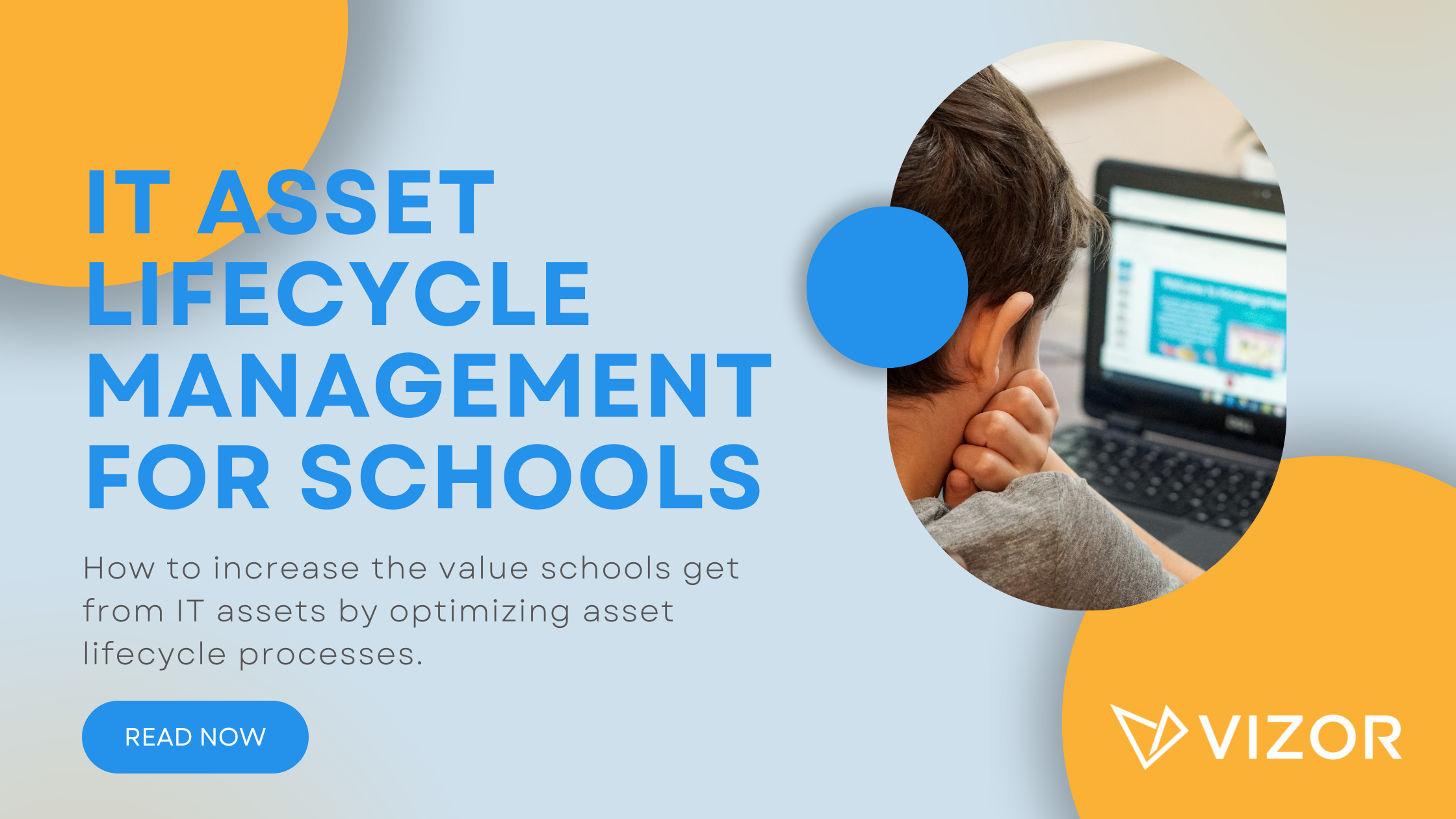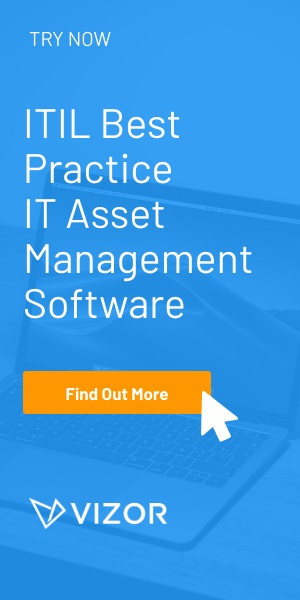What Is Software Asset Management & Why Is It Important?
According to ITAM Review, Microsoft explains Software Asset Management (SAM) is the best practice to integrate a set of proven processes and procedures for managing and optimizing your organization’s IT assets. The tech leader expresses that using SAM protects your software investments. It also helps you recognize what you have, where it’s running, and if your organization is using your assets efficiently.
Although IT processes are known to manage tangible assets within an organization, their responsibilities extend to manage intangible assets like software and their licenses. The management of software is becoming a more important part of business strategies as organizations are investing a heavy portion of their IT budget toward it. Gartner reported that organizations spend approximately 21% of their IT budgets on software.
Learn about VIZORTry VIZOR Online
There’s no doubt that software is becoming an intricate part of business culture. You might use software like Slack to communicate with one another, Trello to monitor customers’ projects or Microsoft Office 365 for internal projects.
Common problems in managing software
Over time, organizations purchase or subscribe to use several software licenses. In smaller businesses, it may be easier to monitor. But in bigger businesses, there’s a higher risk of scattered IT expenditure, duplicated licenses within an organization, under-licensing, and wasted money on forgotten licenses. No matter how big or small the organization, you can be a victim of these consequences without a SAM strategy.
Large organizations invest thousands of dollars in software to improve their business functions to provide a better product or service. This investment does not go unnoticed. Just like a new computer or chair, a new software can be an asset and therefore affects an organization’s bottom line. All this to say that Software Asset Management is important. As a result of becoming a bigger part of business strategies, SAM tools are emerging, giving organizations better platforms to optimize their SAM strategies.
Let’s review the specific impacts of having a SAM strategy:
-Implements IT practices that were otherwise not in place
-Integrates the proper procedures, policies, and people for the most efficient outcome
-Introduces a proactive approach to obtaining information about software and to improve their management
The direct benefits of a SAM strategy:
-Reduced time executing tasks (processes in place)
-Reduced IT costs (proper management of licenses)
-Higher levels of productivity (For example, it ensures employees are swiftly onboard with all the software they need to be productive from day one)
-More confidence in IT processes (knowledge and/or procedures)
Further benefits of a SAM strategy with a SAM tool:
- Streamlines processes helping the IT department as well as employees through processes that can be painfully long and tedious
- Easily monitor license position without physically comparing installed software to license contracts
- Automate reports with the most important metrics to your organization and/or department
- Establishes automated processes that track parts of software license lifecycle you didn’t even know were possible (for example, software recycling)
- Ability to set up reminders and alerts (before a contract needs renewal or if someone needs to approve a new software)
- One central location for all license documents
Need a IT Asset Management Tool?





